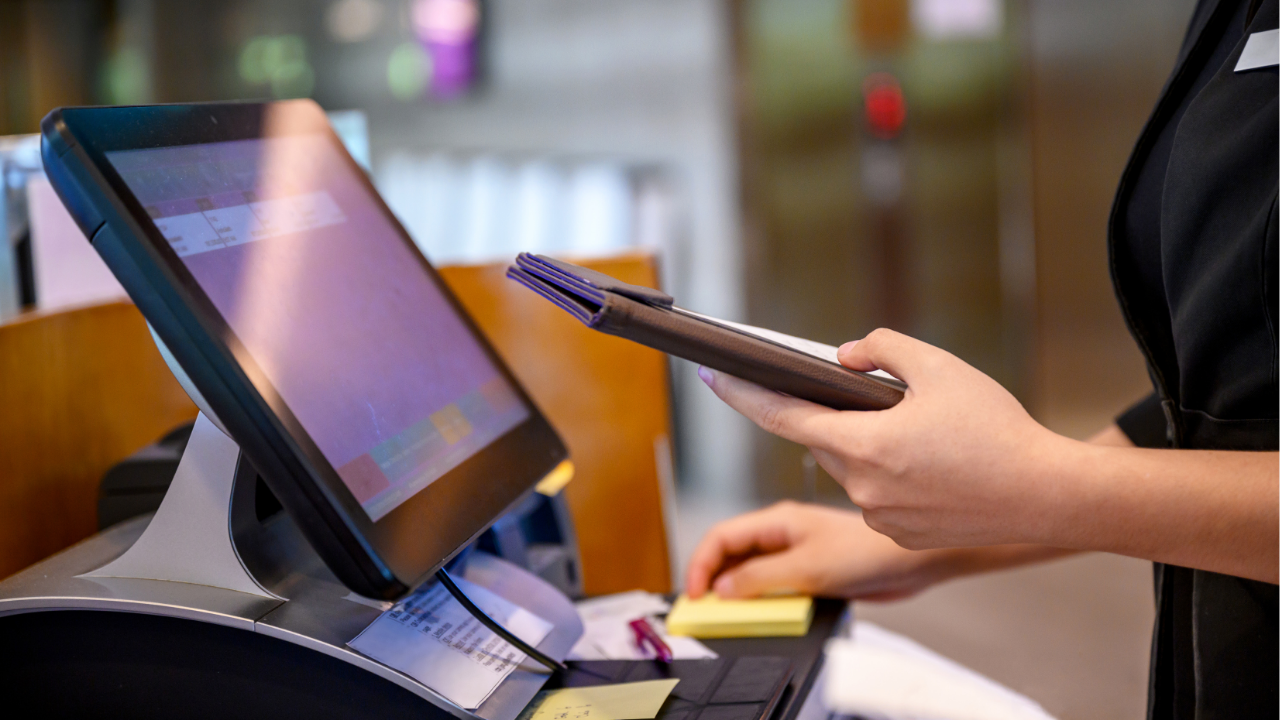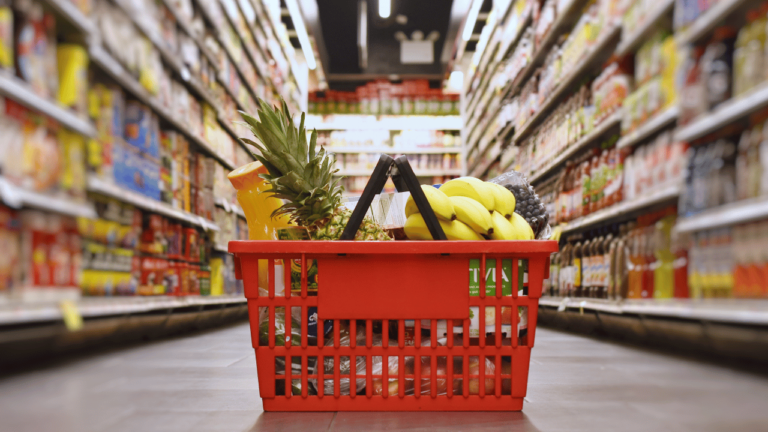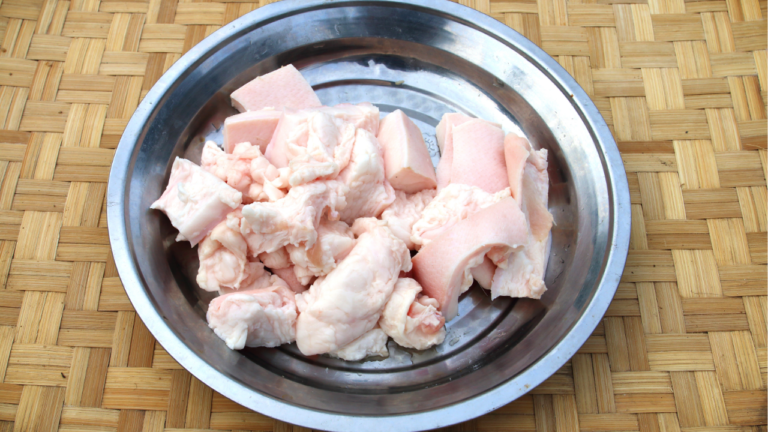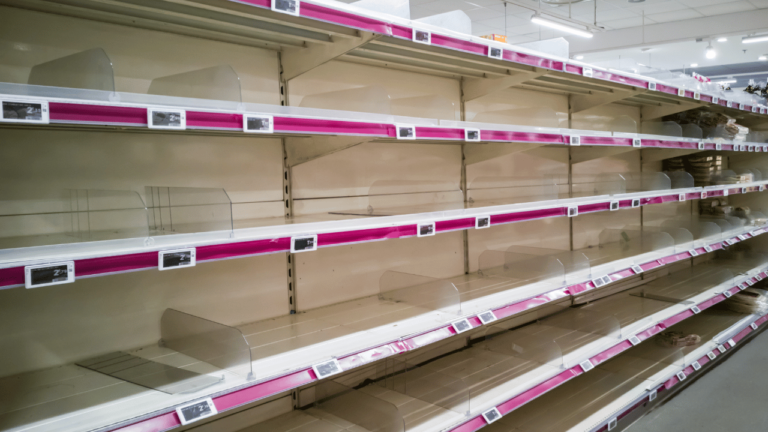Where Is Cashier In Grocery Store?

In the bustling aisles of a grocery store, finding your way around can sometimes feel like a labyrinthine challenge. One of the common queries shoppers have is about the whereabouts of the cashier. In this article, we will demystify the location of cashiers in a grocery store, making your shopping experience more seamless.
Where Is Cashier In Grocery Store?
1. Store Layout and Design:
Understanding the layout of the grocery store is key to locating the cashier efficiently. Most grocery stores are designed with a specific flow to guide shoppers through various sections. Fresh produce, dairy, and non-perishables are strategically placed to encourage a systematic shopping journey. It’s advisable to start by familiarizing yourself with the store’s general layout before embarking on your shopping adventure.
The cashier area, often referred to as the “front end,” is typically situated near the store exit. This strategic placement allows shoppers to flow through the store, collecting items, and finally concluding their journey with a smooth checkout process. As you navigate the aisles, be attentive to signs indicating the direction of the checkout area.
2. Checkout Counters:
Checkout counters are the focal points where shoppers conclude their shopping journey. Look for lanes with conveyor belts and well-lit spaces, as these are indicative of the checkout area. In larger grocery stores, there may be multiple checkout counters to accommodate the volume of customers.
When choosing a checkout lane, consider factors such as the number of items you have and whether an express lane or a regular lane suits your needs. Express lanes are designed for those with fewer items, ensuring a quicker transaction, while regular lanes accommodate larger shopping loads.
3. Signage and Directional Clues:
Grocery stores employ signage and directional clues to aid customers in finding different sections. Keep an eye out for overhead signs indicating “Checkout,” “Cashier,” or similar terms. Arrows and symbols are often used to guide shoppers, helping them navigate towards the cashier area.
If you’re unsure about the location of the cashier, take a moment to survey the signage near the store entrance. Some stores even provide detailed store maps that highlight the placement of checkout counters, making it easier for customers to plan their route.
4. Express Checkout and Self-Checkout Options:
Some grocery stores offer express checkout lanes for customers with a limited number of items. These lanes are typically designed for a quicker transaction, catering to those who prefer a swift checkout process. Additionally, many stores now provide self-checkout kiosks, allowing customers to scan and pay for their items independently.
The advent of self-checkout options has added a layer of convenience to the shopping experience. Familiarize yourself with the location of self-checkout kiosks, which are often placed near traditional checkout counters. These kiosks empower shoppers to take control of their transactions, enhancing the overall efficiency of the checkout process.
5. Customer Service Desk:
In some grocery stores, the cashier may be located near the customer service desk. This centralized location serves both as a point for inquiries and a checkout area. If you’re unsure, don’t hesitate to ask store personnel or refer to any available store maps.
The customer service desk is not only a hub for addressing queries but can also be a strategic spot for checkouts. Store management may choose to position cashiers near this area to ensure customers have easy access to assistance while completing their transactions.
6. Adaptations in Store Formats:
Depending on the grocery store’s size and format, the cashier location may vary. In smaller neighborhood markets, the cashier might be centrally placed, whereas larger supermarkets could have multiple cashier zones dispersed throughout the store.
In warehouse-style grocery stores, where a vast array of products is available in bulk, cashiers are often strategically placed near the exit to facilitate the swift processing of large purchases. Understanding the nuances of different store formats will enhance your ability to locate the cashier efficiently.
Conclusion:
Navigating a grocery store with confidence involves understanding the layout and recognizing key features that lead to the cashier. By paying attention to signage, checkout counters, and store design, you can breeze through your shopping trip with ease. The next time you wonder where the cashier is in a grocery store, remember these tips for a seamless checkout experience. Whether you opt for a traditional checkout counter, an express lane, or a self-checkout kiosk, your journey through the grocery store can be both efficient and enjoyable.






